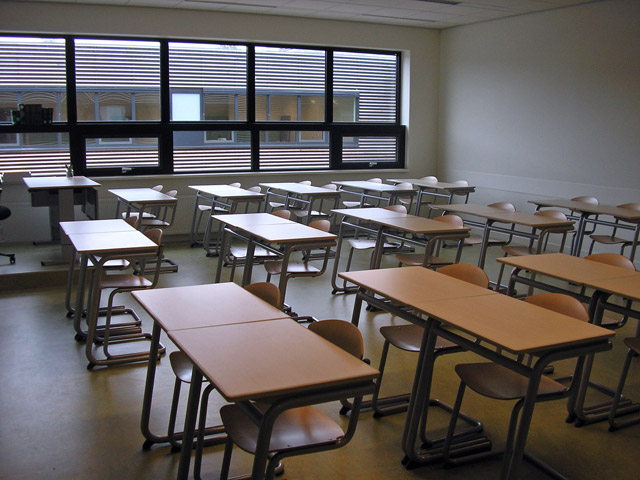Declining Enrollments in Teacher Education Programs Part I: Challenges and Promising Possibilities for Reversing the Trend by Logan Rutten and Azaria Cunningham

The number of people graduating from teacher education programs (TEPs) in the United States has fallen sharply in the past decade, and the trend appears likely to continue. The decline in people preparing to teach comes at a time when many school districts are already struggling to hire a certified teacher for every classroom. Furthermore,